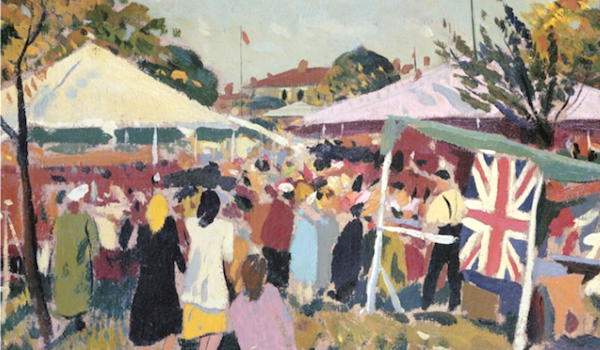
The Union Jack
The 12th of April marks the 412th year since the Union Flag was designed. To commemorate this historic day, we take a look back to Selvedge issue 40, where Sarah Jane Downing delved deep into its history...

The Union Flag has a past as troubled as it is long. Trading on early glories and self conscious of past mistakes, it is a symbol of British identity even as the essence of that identity is contested. And where once it was illegal to use the Union Flag outside its official capacity, in the 21st century it has design icon status.

When Queen Elizabeth I died in 1603, James VI of Scotland was invited to take the throne becoming James I of England. It was an uneasy cultural mix, but keen to unite his nation the king conceived of a flag to combine the red cross of St George with the white cross of St Andrew without awarding pre-eminence to either country. (As England and Wales had already become unified in 1536 it was felt that the Welsh presence was implicit in the cross of St George).

A proclamation was made on 12th April 1606: ‘All our subjects in this our isle and kingdom of Great Britain and the members thereof, shall bear in their main top the red cross commonly called St George's Cross and the white cross commonly called St. Andrew's Cross joined together according to a form made by our heralds and sent to our Admiral to be published to our said subjects”. Even so, there were varying designs with the Scots favouring a version with the white saltire of St Andrew laid over the George cross which appears to have been in use at Edinburgh Castle as late as 1693.

In 1634 King Charles I repealed his father’s proclamation and reserved the Union Flag for royal use only, but with his execution in 1649 this symbol of unity was suspended during the Cromwellian Long Parliament and only properly restored with Charles II in 1660. It was not until 1801 when Ireland was finally introduced to the union that the red diagonal cross of St Patrick was added to create the current version. With the new alliance the flag became an important symbol of strength and order in the face of the American War of Independence and the revolution in France…
You can read this article in full in Selvedge issue 40.
